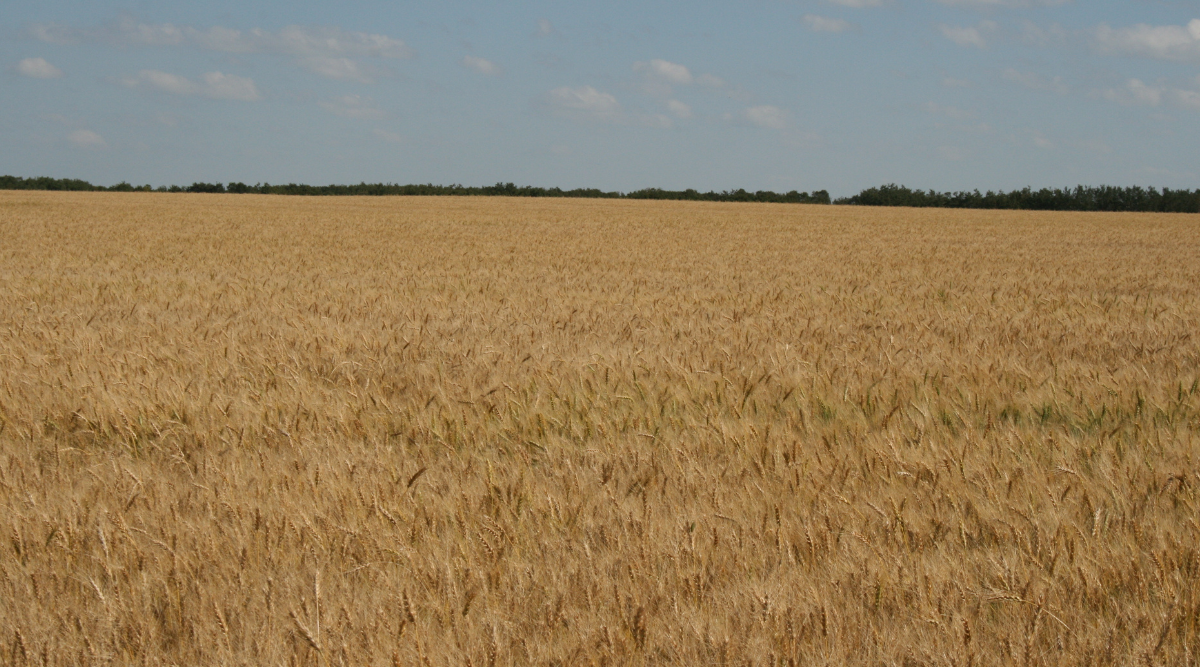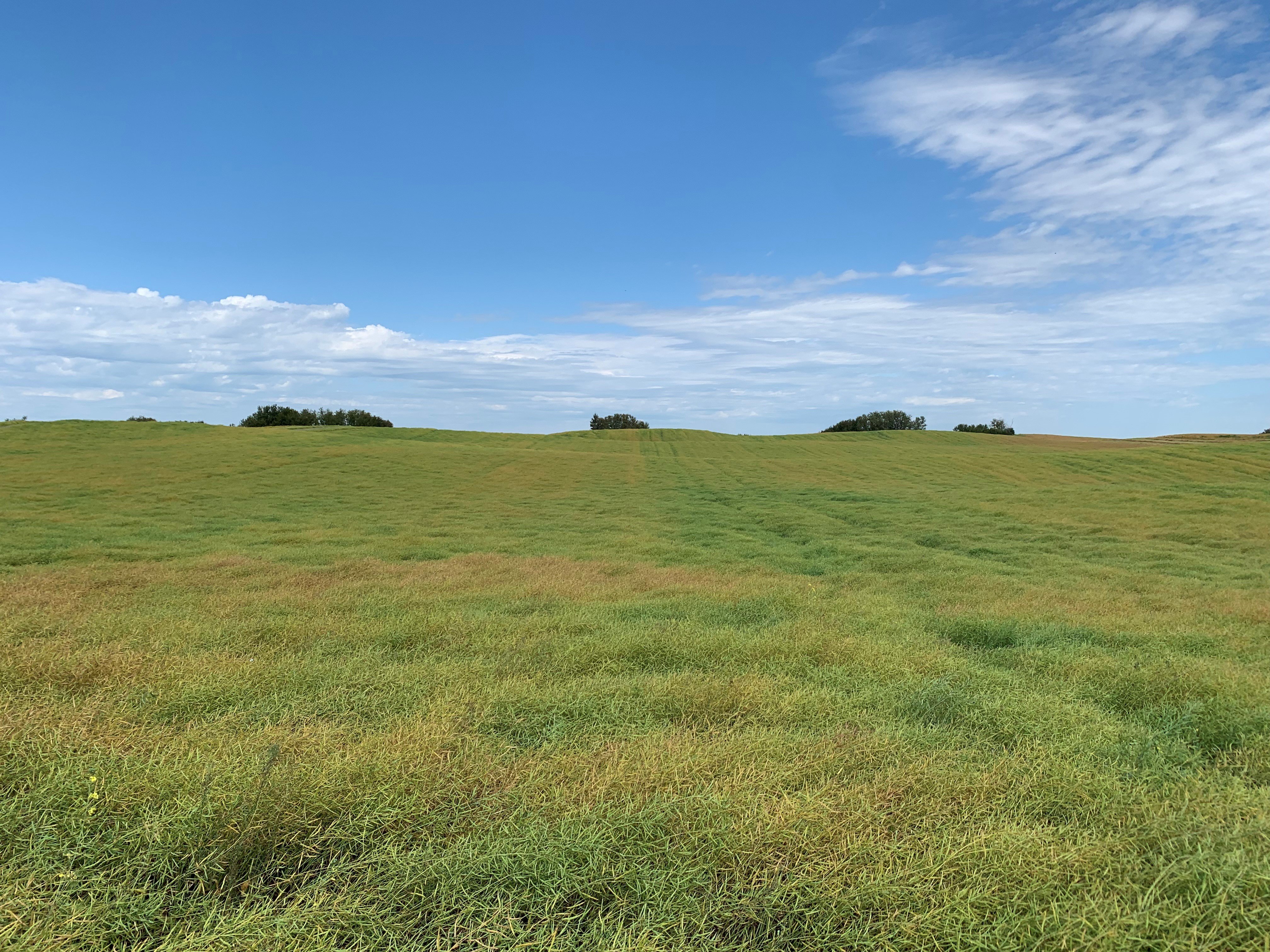Pre-Harvest Herbicide and Crop Maturity

As crops mature, pre-harvest herbicide timing becomes critical. Uneven crop growth—often caused by inconsistent seed and fertilizer placement or variable soil moisture—can delay application. Ensuring uniform emergence through precise seeding improves maturity consistency, enabling safer, more effective herbicide use before harvest.

The advancement of crop maturity, marked by color change and grain filling, signals that harvest is approaching. A common tool used to accelerate crop drying is a pre-harvest herbicide application. However, it’s essential to wait until the crop reaches sufficient maturity to avoid kernel damage and excessive residue levels. Determining the right application timing is straightforward with evenly maturing crops but becomes challenging when maturity is uneven across the field.
Even crop growth begins at seeding, influenced by several factors. Two key aspects related to implement performance are depth and consistency of product placement. When seed and fertilizer are placed uniformly across the field, plants access nutrients simultaneously and grow at a similar rate. The same principle applies to consistent seeding depth. A major caveat to both is soil moisture variability. Even in fields with flat topography, moisture levels can differ significantly, especially in dry years, leading to uneven crop maturity and delayed pre-harvest herbicide timing.
In years with limited precipitation, variable soil moisture highlights the importance of maintaining consistent seeding depth. While growers cannot control weather or soil type, ensuring stable product placement improves the chances of uniform maturity and enables quicker, safer pre-harvest herbicide application—ultimately preparing the crop more effectively for harvest.